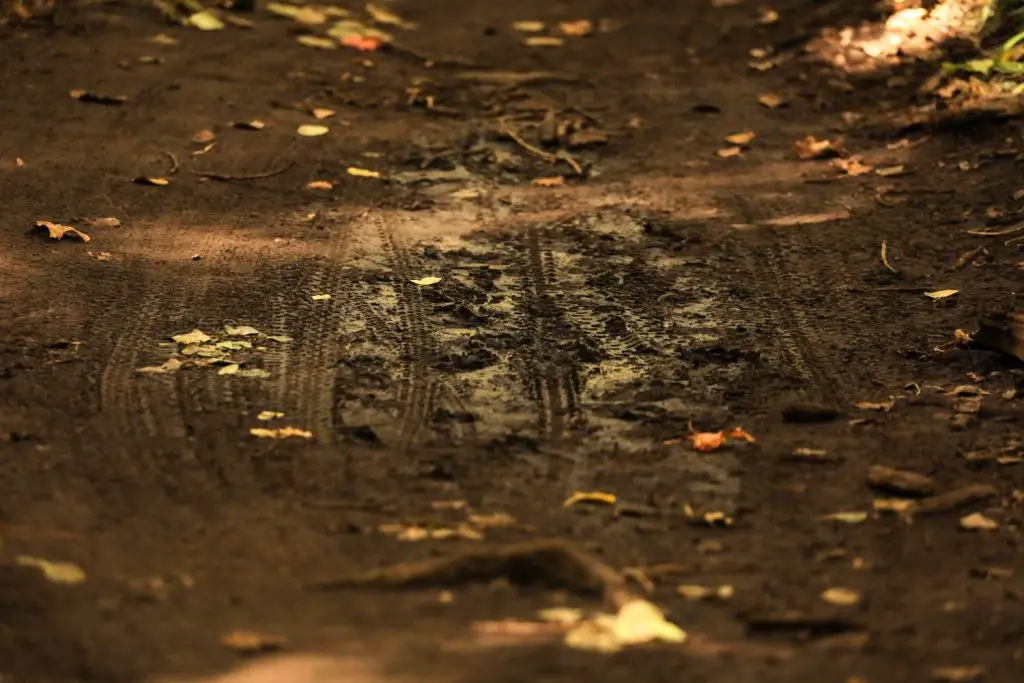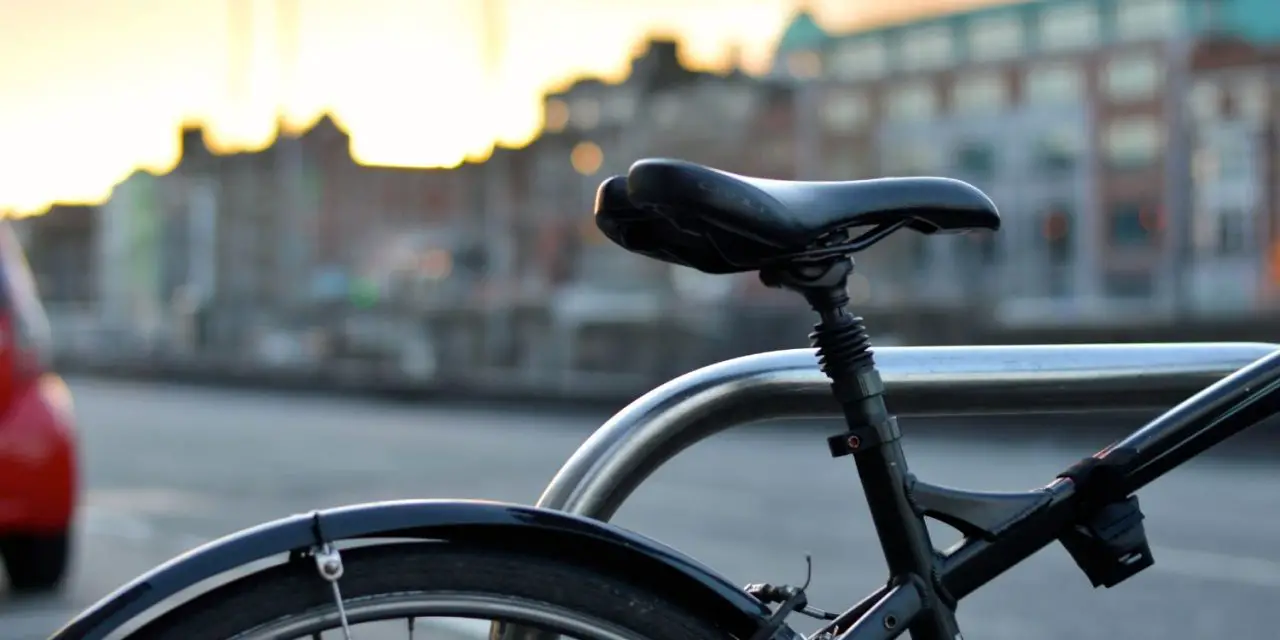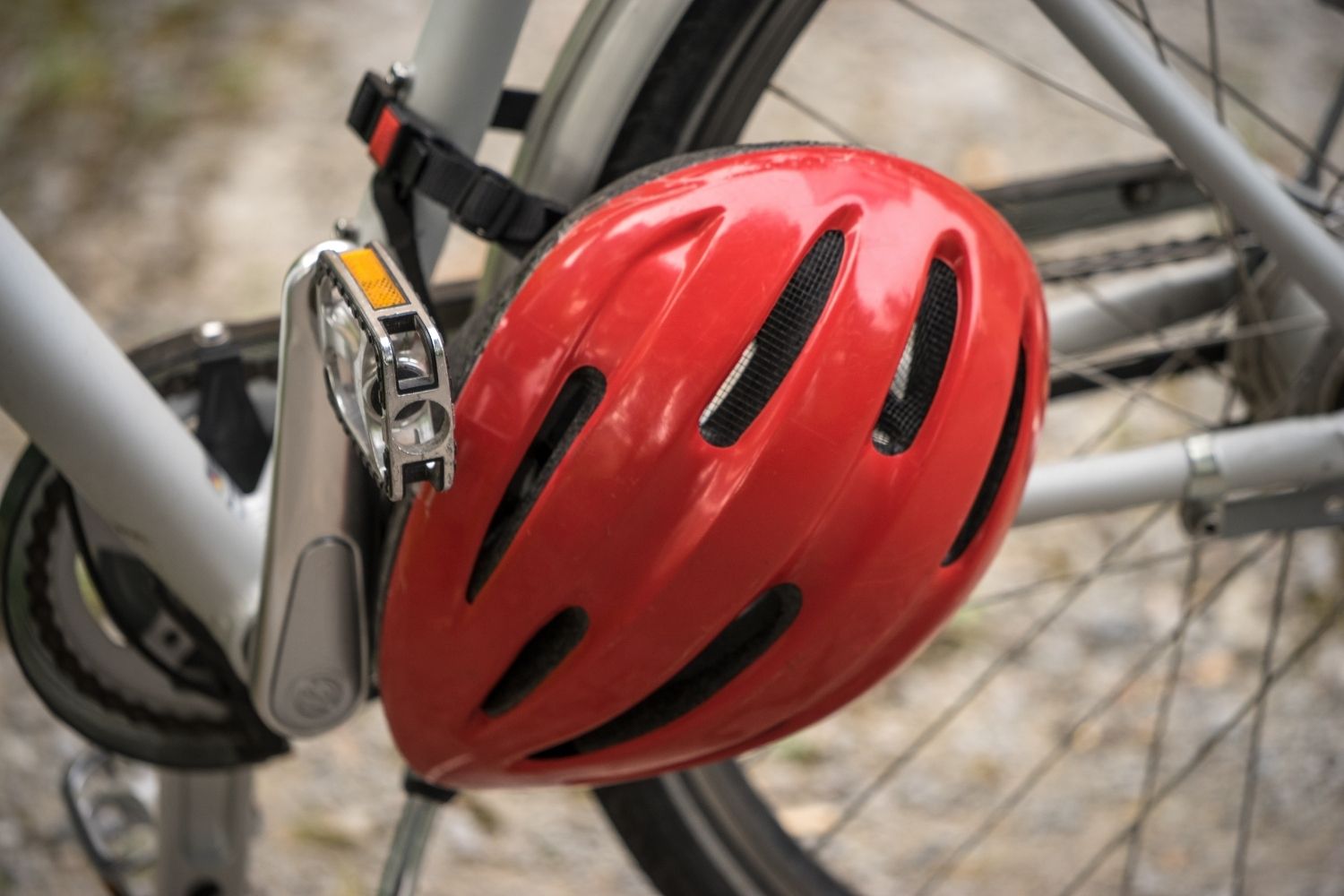After some recent experiences riding bikes in wet conditions and doing some further research, I think fenders are one of the most important parts of owning a bike, and you probably should add one.
Bike fenders keep mud off of you, your back, and also off of essential parts of your bike like the chain, gears, and more. While these components can add a little bit of weight to your bike, they are worth it if you ride it regularly or use it to commute.
Let’s look more in-depth at the different reasons and see if adding a fender to your bike is right for you.

1. To keep mud off of your feet.
My feet, for some reason, are crazy sensitive, and I’m not too fond of it when they are wet in any way. Fenders play a big part in keeping water off of your feet and help keep them dry. This means I can ride my bike whenever and where I want without worrying about my feet. It also makes sure you keep your expensive cycling shoes from getting damaged!
2. Keep mud from flinging up your back.
Have you ever ridden your bike in the mud and showed up back at home with a giant line of mud up your back? Even worse, have you ridden your bike in the mud, then went to a restaurant afterward, knowing everyone else there doesn’t understand why brown stuff is flung up your backside? Yeah, rear fenders are going to help you with this!
They stop mud from being flung up from the rear tire and onto you. This reason alone should convince you to get fenders on your bike (they aren’t that expensive anyways).
3. Keep water and mud off of the chain.
You probably didn’t know that fenders would keep your bike from breaking down sooner. Fenders, again, keep water from being sprayed onto essential components like the chain, meaning less rust and lower maintenance intervals for things like oiling your chain.
- Is it safe to Ride a Bike with a Rusty Chain?
- 5 Best Cheap Upgrades for a Mountain Bike
- Can Bikes get wet? Storing & riding a Bicycle in the Elements
5 Downsides of fenders on your bike
Of course, there are downsides to everything! Here are some of the downsides I have found.
1. Aesthetics
This is on the top of everyone’s minds when thinking about fenders! Some people like the look and others do not. Of course, do your research before making a final decision, as you may find that having fenders, and not mud on your back, far outweighs having some plastic on your bike.
2. If you remove your front wheel a lot
Some people remove their front wheel a lot, and these people tend to take their bikes in the back of their car or are required to put the bike on top of a vehicle. Having a fender on the front of your bike completely negates the space savings you get from removing that wheel.
3. Sticks can get stuck in them.
This isn’t something I have ever run into; however, some people report getting sticks stuck in their fenders and causing them to rub. Of course, there are always fenders that you can buy that are farther away from the wheel. This makes it a non-issue but still something to think about.
4. Aligning them can be difficult.
Now, this IS something I have run into before. Many times if you lay your bike down in a truck bed with another cycle or just lay it down in general, I have found the fender likes to move ever so slightly. This causes the fender to barely touch the tire and causes it to rub. Not only does this lower the tire’s lifespan if left alone, but it is also a pain to get it to align correctly again.
5. Weight Savings
While fenders don’t weigh a ton, as most are plastic or aluminum, this can be an issue when cutting down on the weight to gain more speed. People that do touring, though, and mainly ride their bikes for the sights likely won’t see this as an issue, and the pros outweigh the cons here.

Why don’t bikes just come with fenders?
While I haven’t found much information as to why most bikes don’t come with fenders, these are the reasons I could think of. Of course, many cruiser bikes already come with fenders, but only a few other types of bikes do!
1. Customization
Only some people want fenders on their bikes, and because of this, manufacturers assume it would be better not to add them and let people decide later on if they wish to or don’t want them. Most fenders are easy to install aftermarket and relatively inexpensively at that.
2. Cost of the bicycle
When selling a product, everything comes down to the end cost. Adding fenders to bikes may not add to the value of a bike, but do add cost. Because of this, manufacturers will likely not add fenders to help with margins.
Should you add fenders to your bike?
You have read through the article, understand the pros and cons, and now ask yourself if you should add fenders to your bike. You should add fenders onto your bike if you fall into the group of people that plan on ever riding your bike in the rain or the mud. Not having mud on yourself and essential parts of your bike far outweigh any downsides that I can think of.
On the other hand, if you are the group that has to transport their bike inside cars and remove the front wheel daily, fenders may not be for you.
How do I choose a bike fender?
You have decided you want to add fenders to your bike! Congratulations! Now how do you move forward? Let’s see.
1. Getting the right width
From my research, you want to ensure your fender is wider than your tire by up to 12mm. So make sure you measure your tire before you find a fender you can’t live without, only to find it won’t get the job done right.
2. Plastic vs. metal
This is a personal preference. The upsides of plastic are that they are inexpensive and lightweight. However, metal fenders like these ones are going to look nicer and last longer. However, their cost will be higher.
3. Length of the fender
Fenders come in many different lengths! Getting yourself the longest fender possible is recommended, so you can utilize all of the upsides we have discussed in this article. Of course, the longer the fender, the heavier it gets, so you must weigh what is important.
Conclusion
In this article, we have learned a lot about bike fenders! This includes why you may want them and why you may not. We also learned about why fenders don’t usually come from the factory, and you decide if you need fenders or not. I hope this has given you a lot of information to think about and improve your bicycling experience.















